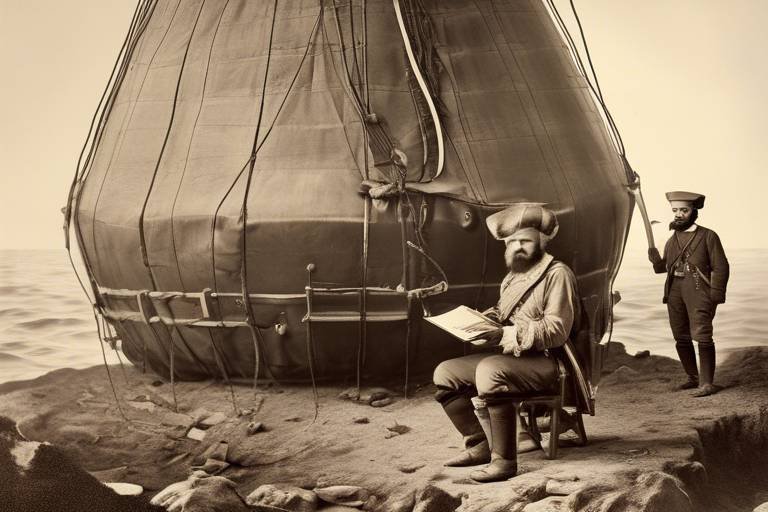The Role of Technology in the Age of Exploration
During the Age of Exploration, technology played a pivotal role in shaping the course of history, propelling explorers to new horizons and discoveries. Innovations in navigation, communication, and information sharing transformed the way expeditions were conducted, opening up new possibilities and expanding the known world.
The development of the compass revolutionized navigation, providing sailors with a reliable tool to determine direction even when out of sight of land. This simple yet ingenious device allowed explorers to venture further into uncharted waters, pushing the boundaries of exploration beyond what was previously thought possible.
Another groundbreaking invention, the astrolabe, enabled celestial navigation by allowing sailors to track their position at sea using the stars. This ancient instrument brought a new level of precision to long-distance voyages, guiding explorers across vast oceans and helping them reach distant lands with greater accuracy.
With the advent of the printing press, the dissemination of knowledge reached new heights during the Age of Exploration. This innovative technology facilitated the sharing of maps, travelogues, and scientific discoveries, fueling a thirst for exploration and discovery among adventurers and scholars alike.
Shipbuilding innovations also played a crucial role in the success of exploratory voyages. Advances in design and construction, such as the introduction of the versatile caravel and improvements in hull technology, enhanced the seaworthiness and capabilities of ships, enabling explorers to undertake longer and more challenging journeys.
Communication technologies, including signaling flags and semaphore systems, revolutionized maritime communication, enabling ships to relay messages over long distances with greater speed and accuracy. These innovations improved coordination among expeditions and enhanced safety at sea, ensuring smoother and more efficient voyages.
Accurate cartography and mapmaking were essential for the success of exploration voyages. The meticulous mapping of coastlines, the use of latitude and longitude lines, and the creation of detailed charts all contributed to improved navigation accuracy, allowing explorers to chart new territories and navigate with greater precision.
Technological advancements in weaponry and defense systems were vital for protecting explorers and their expeditions from potential threats. Innovations in cannons, firearms, and fortifications helped safeguard ships and settlements, ensuring the safety and security of explorers in unknown and sometimes hostile territories.
Scientific instruments such as telescopes and microscopes played a significant role in the Age of Exploration, enabling explorers to make groundbreaking discoveries in astronomy, biology, and other fields. These tools expanded the boundaries of human knowledge, leading to new insights and advancements that shaped the course of scientific exploration.

The Compass and Navigation
The compass was a revolutionary tool in navigation during the Age of Exploration. Before its invention, sailors relied on less reliable methods like following the stars or coastlines to navigate the vast oceans. However, with the introduction of the compass, sailors were suddenly equipped with a reliable means of determining direction, regardless of the weather or time of day. Picture this: a small magnetic needle pointing north, guiding ships through uncharted waters like a steadfast companion.
Imagine the impact of this simple yet powerful device on the brave explorers of the time. With the compass in hand, sailors could now venture further from familiar shores, pushing the boundaries of known territories and discovering new lands. This newfound confidence in navigation not only fueled curiosity but also opened up trade routes and cultural exchanges that would shape the course of history.
The compass wasn't just a tool; it was a symbol of human ingenuity and the relentless pursuit of exploration. Its influence extended far beyond the Age of Exploration, laying the foundation for modern navigation systems and inspiring generations of adventurers to set sail in search of the unknown.

